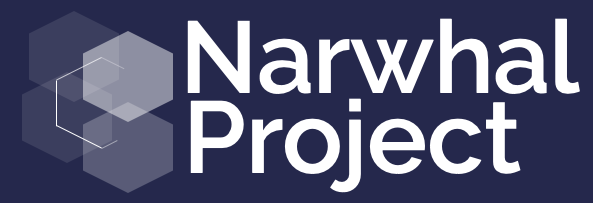This report entitled Physical Technologies Part 2 is a continuation of another report you can access here. In November 2017, we issued a report on the challenges that companies in the physical technologies face in obtaining government support for commercialization. This was followed by a symposium held in February 2018 with over 100 entrepreneurs, academics, government officials, advisors, investors and other interested parties. They had a robust discussion around the challenges outlined in that report and identified a number of other hurdles, including:
- Weak institutional support structure
- Knowledge and information gaps
- Lack of critical mass
- Lack of prototyping facilities
- Absence of short-run manufacturing
- A missing global perspective
- Regulatory challenges
- Difficulties sourcing talent
- Lack of government support
- Problems with access to capital
Participants offered a range of creative solutions to these and other challenges. What emerged from these discussions is summarized in the remainder of the report. One potential path to overcome some of the barriers holding back entrepreneurs and innovators is the creation of small local clusters focused on individual physical technologies.
Not to be confused with the Superclusters launched recently by Innovation, Science and Economic Development Canada (ISED), the creation of local clusters can be done simply and cost effectively. Access to resources and services for cluster members such as peer-to-peer sessions, events, and training is a good starting point to address the challenges identified by the physical technology community. With small local clusters in place there are opportunities for further growth through the provision of centrally developed services and government support that can reach cluster members efficiently.
